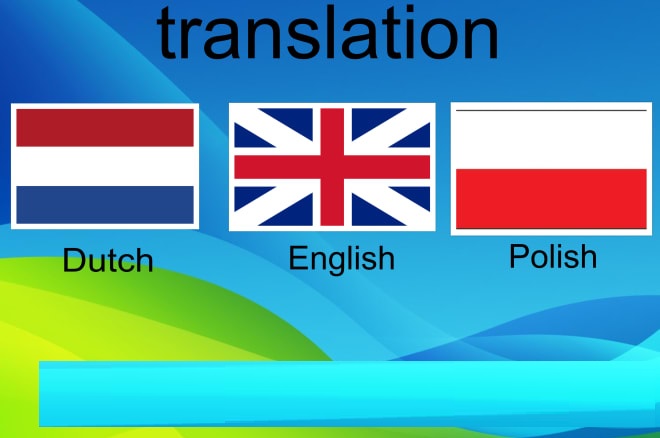Most professional translators follow the three-step process we are about to share with you. The process is a well-kept secret in the linguistic industry, so hush is the word. Since the task is mentally draining as well as professional, the translation process is uniform. However, some linguistic experts may slightly change it.
The translation process
Submitting the documents
The first step involves skimming over the text you are asked to translate. The translator will assess the subject matter, read the content, estimate the length and the writing style required to complete the transaction. They will assess the technicalities and break the document into sections as required by their training.
Of course, you are requested to submit the documents for diploma polish translation before the process begins. The source documents can be asked by legal or court translators. However, court-appointed translates come with their own rates. You can hire an expert translation services that hires specifically trained translators. These professionals are qualified in technical terms, medical terms, document jargon, and dialogues to exact mirror a translation.
However, if a certified version is not requested, you can simply hire a qualified translator. There is no need to stand in the presence of a notary public and attest to the authenticity of the documents and the relationship between the client and the translator. The elimination of the step makes the entire process a lot easier.
Translation
After the initial step is completed, it is time for the first round of the translation process. The translation is done systemically, so every word is covered. The words are translated into five to ten words and later completed with tenses and auxiliary verbs to complete the sentence.
However, the breakdown process is dependent on the expertise of the translator. A novice translator wills spend more time on the source document. In contrast, a legitimate, qualified translator will spend more time finessing the translation.
A qualified translator will also understand that the short chunks of words must carry their own meaning and not stretch too long in the translation. A translated phrase beyond 10 words becomes a struggle to read.
The translator must also ensure:
- Tautology
- Tense usage
- Spelling and punctuation
- Grammar
- Syntax
- Consistency in language and sentence structure
Edit and proofread
After the translation has been finalized with revisions, it is time to proofread. Each set of the chunk of words is compared to the original document for source confirmation. The goal is to assess if anything is missed or repeated. Since these expert services promote professionalism, a misstep wouldn’t be a step in the right direction. During this stage, the translators improve any unnatural arrangement of words and sentences. The translation is given the final walk-through to appear elegant and cohesive.
The translator will also correct any minor grammar and syntax mistakes. The consistency in formatting will be checked before being wrapped in a pretty bow and mailed to the client.
Frequently Asked Questions
Do all translators follow this route?
In short, no. Every translator has their specific way of performing the polish diploma translation process. They know well enough to not take any shortcuts.
Why is the translation process strict?
Polish diploma translation or other sensitive documents are responsible for determining the transfer and immigration process. Translators are assisting in future growth if you think about it.
About Us
Every heard of Kings of Translation? We work with qualified and well-trained translators that translate diplomas, marriage, and birth certificates. Kings of Translation is the best in the industry, so email or call us at +44 7588 074088.










